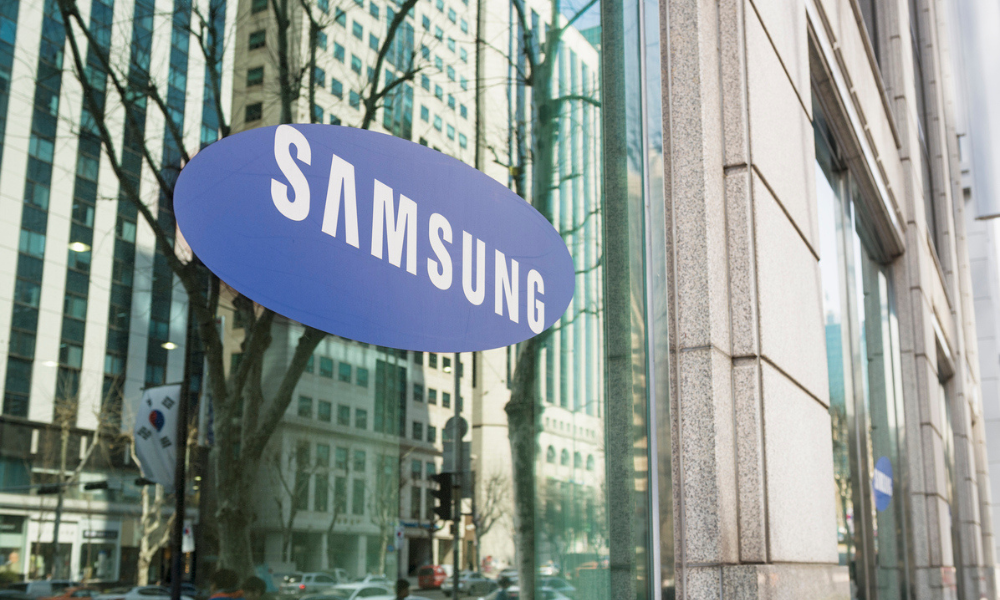The annual medical cost per employee is set to double by 2030.
.jpg)
Singaporeans are getting older and more sickly, their productivity is suffering, and employers should prepare for greater financial burden.
Annual medical cost per employee in Singapore will double to nearly $2,000 by 2030, driven by the aging workforce and medical inflation, according to a report released Wednesday by Mercer and Marsh & McLennan Companies’ Asia Pacific Risk Center.
Current trends project productivity loss due to sickness absenteeism per employee, based on gross national income, to increase by 25% by 2030. At the national level, this represents $3.3 billion – a 43% increase from 2016 levels.
According to the report called “Aging Workforce: Cost and Productivity Challenges of Ill Health in Singapore,” the three main drivers of this are: (1) the aging of the workforce, which leads to an increase in sick days, (2) a larger workforce, and (3) the GNI per capita growth rate.
By 2030, Singapore employees aged over 50 will comprise 40% of the workforce, representing an increase of 55%. The increase in demand for medical services will contribute to 41% of the rise in medical costs, primarily because it will cause an increase in the utilisation of healthcare services.
Singaporean employees are staying in the workforce longer and postponing their retirement, said Neil Narale, Singapore Business Leader for Mercer Marsh Benefits.
This is because of “improved management of health conditions permitting individuals to stay in the workforce longer, increasing financial needs in retirement, as well as more flexible employment options, such as working from home, and on-demand jobs in the gig economy.”
Nonetheless, health risks do increase with age, ranging from diminishing motor and sensory functions to a greater incidence of chronic diseases.
“These will create challenges for employers,” said Narale.
In Singapore, societal aging is estimated to drive the prevalence of chronic diseases such as cancer and diabetes by up to 200% by 203.
This means Singapore will face the challenges of stagnating productivity growth through increasing rates of absenteeism and presenteeism.
More importantly, the study revealed that 60% of all medical claim costs are attributable to 10% of claimants, highlighting the value of interventions for high-risk groups, such as health and wellness programs to reduce the incidence of disease, and screening for earlier detection of disease.
“Organisations need to adapt to current demographic trends by implementing strategies to mitigate the higher costs of ill health and capitalise on the productivity of an older and potentially shrinking workforce,” Narale said.
Among these measures are workforce analytics to characterise productivity drivers, as well as evidence-based workplace strategies such as health initiatives, workplace redesign, and return-to-work programmes.
Related stories:
Singapore firms face tough calls on staff benefits
Can this stop staff abusing sick leave?
Annual medical cost per employee in Singapore will double to nearly $2,000 by 2030, driven by the aging workforce and medical inflation, according to a report released Wednesday by Mercer and Marsh & McLennan Companies’ Asia Pacific Risk Center.
Current trends project productivity loss due to sickness absenteeism per employee, based on gross national income, to increase by 25% by 2030. At the national level, this represents $3.3 billion – a 43% increase from 2016 levels.
According to the report called “Aging Workforce: Cost and Productivity Challenges of Ill Health in Singapore,” the three main drivers of this are: (1) the aging of the workforce, which leads to an increase in sick days, (2) a larger workforce, and (3) the GNI per capita growth rate.
By 2030, Singapore employees aged over 50 will comprise 40% of the workforce, representing an increase of 55%. The increase in demand for medical services will contribute to 41% of the rise in medical costs, primarily because it will cause an increase in the utilisation of healthcare services.
Singaporean employees are staying in the workforce longer and postponing their retirement, said Neil Narale, Singapore Business Leader for Mercer Marsh Benefits.
This is because of “improved management of health conditions permitting individuals to stay in the workforce longer, increasing financial needs in retirement, as well as more flexible employment options, such as working from home, and on-demand jobs in the gig economy.”
Nonetheless, health risks do increase with age, ranging from diminishing motor and sensory functions to a greater incidence of chronic diseases.
“These will create challenges for employers,” said Narale.
In Singapore, societal aging is estimated to drive the prevalence of chronic diseases such as cancer and diabetes by up to 200% by 203.
This means Singapore will face the challenges of stagnating productivity growth through increasing rates of absenteeism and presenteeism.
More importantly, the study revealed that 60% of all medical claim costs are attributable to 10% of claimants, highlighting the value of interventions for high-risk groups, such as health and wellness programs to reduce the incidence of disease, and screening for earlier detection of disease.
“Organisations need to adapt to current demographic trends by implementing strategies to mitigate the higher costs of ill health and capitalise on the productivity of an older and potentially shrinking workforce,” Narale said.
Among these measures are workforce analytics to characterise productivity drivers, as well as evidence-based workplace strategies such as health initiatives, workplace redesign, and return-to-work programmes.
Related stories:
Singapore firms face tough calls on staff benefits
Can this stop staff abusing sick leave?





